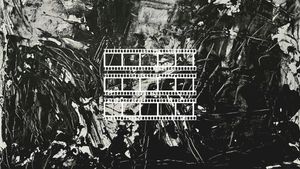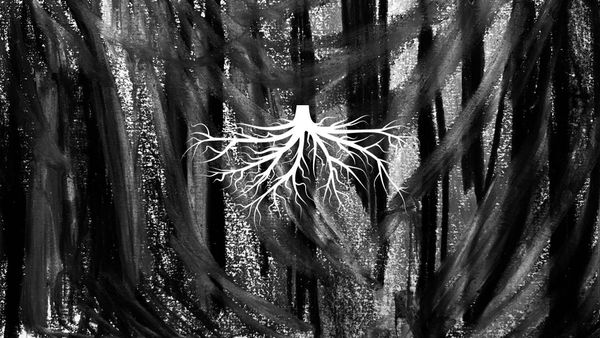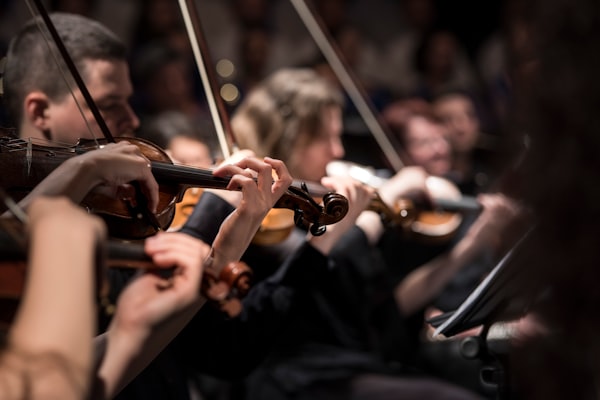If you’re just starting out with music theory, chances are you’ve seen the term ‘triads’ thrown around.
These types of chords are incredibly common in music and play a large part in composing and structuring a piece.
They build the foundation for my trailer music and an understanding of them is hugely beneficial when writing quickly.

But what exactly are triads, and how are they used in music? Don’t worry, because we’ve got all the answers right here!
In this handy guide, we’ll take you through all there is to know about musical triads. So let’s get started, shall we?
So What Exactly Are Musical Triads?
First of all, let’s take a look at what a triad actually is. In music, triads are chords made up of three notes.
These notes can be stacked vertically, with each note one space apart on a stave.
Each note in a triad is given a name; the bottom note is known as the ‘root’, the middle note is called the ‘third’, and the top note is the ‘fifth’.
The root note is the lowest note in the triad and forms the base that the triad is built.
In a triad chord, the root note is the note that the chord is named for.
As you can probably guess, the third and fifth notes are the corresponding 3rd and 5th notes of their corresponding chord; for example, in a C Major triad, the root note would be C while the third and fifth notes would be E and G respectively.
Triads are primarily used to add harmony to a piece of music.
As a three-note chord, triads have a richer sound and greater harmonic strength.
Their simplicity also makes them adaptable to different styles and forms of music.
While a basic triad may be simple, there are multiple different types of musical triads of varying levels of complexity (though we’ll get to those later).
They can also be utilized and implemented in a piece in various ways.
For example, arpeggiating a triad (splitting it into its individual notes and playing them separately) is a great way to add more complexity and melody to a piece.
Inverted triads (where the notes are the same but their order in the triad is switched) also add more complexity and a different sound to these simple chords.
Despite their simplicity, triads are a core aspect of music theory and play a large role in crafting a piece of music.
Because chords are the backbone of a piece, triads are in many ways responsible for structuring a piece of music and giving it direction; different chord progressions can affect anything from the mood of the music to the genre it’s a part of, giving simple triads a major role.
How Are Triads Used In Music?
As we’ve already mentioned, triads play a large part in creating a piece of music.
Like any other type of chords, triads are used to add texture and structure to a melody.
They create the basic skeleton of a piece, and are intended to both strengthen and complement the melody.
Because they are more basic than other chords, triads mainly function as a way to add harmony to a piece.
By including the 3rd and 5th notes of the chord, triads have a richer sound and create a clean harmony that bolsters the main melody.
Triads can also be used to add emotion to a melody.
Chords can change the mood of a piece of music, and using different triads can completely change the emotions of an identical melody.
Major triads, for example, are traditionally calming and cheerful, while minor chords evoke feelings of sadness or anxiety.
Here, the simplicity of triads is one of their best assets; it gives them a clear tone that makes it easier for them to set the mood.
What Are The Most Common Triads?
Most of the basic chords used in music are triads. As a result, most amateur musicians will be dealing with triads from day one.
Common simple chords like C Major (C-E-G), F Major (F-A-C), and G Minor (G-B flat-D) are all triads.
On top of many common chords also being triads, the same is also true for a lot of common chord progressions.
Because most simple chord progressions are slight variations of the starting chord, if this chord is a triad most (if not all) of the subsequent chords will also be triads.
This includes arguably the most common chord progression, I-V-vi-IV; typically used in C Major, this translates to C, G, Am, F.
All four of these chords are triads.
The Four Types Of Triad Explained
Not all triads are the same, however, and there are several different types of triads in music.
As we mentioned earlier, there are four main types of triads.
These are major triads, minor triads, augmented triads, and diminished triads.
Here, we’ll break down what each type of triad means and how they differ from each other.
Major
Major triads are by far the most simple form of triad.
These basic chords are made up of the root note, a major 3rd (which is exactly four semitones away from the root note), and a perfect 5th (which is seven semitones from the root).
A basic example of a major triad is C Major.
C is the root note, E is the major 3rd (as C and E are four semitones apart), and G is the perfect 5th.
Minor
Minor triads are similar to major ones, but with the slight difference that the major 3rd is changed to a minor 3rd.
This changes the sound of the triad, giving it a more melancholy sound and adding a slight sense of sadness or fear.
An example of a minor triad is the G Minor triad, which uses G for the root note, along with B-flat as the minor 3rd and D as the perfect 5th.
Augmented
Here’s where things get a little complicated.
Augmented chords are a variation on major triads, and use two major thirds stacked on top of the root note.
The ‘augmented’ part refers to the perfect 5th note now being raised an extra semitone – this means that a regular note would become sharp, and vice versa.
An augmented chord in practice is an augmented D chord (written as D+ or Daug). This triad uses D-F#-A#.
Meanwhile, the standard D chord uses D-F#-A, demonstrating the extra semitone on the fifth note.
Diminished
The counterpart to augmented triads, diminished triads stack two minor thirds on the root.
They are known for their spooky, sinister sound.
Diminished chords are indicated by “dim” or “°”; using the example of a minor chord from earlier, a diminished G Minor triad (or Gdim/G°) would be G, B-flat, and D-flat instead of just G, B-flat, D.
Final Thoughts
Triads are a crucial part of music theory and are the building blocks that much of music is made out of.
While they may seem simple, triad chords are incredibly effective and can evoke a lot of emotion and complexity through their sound.
And there you have it!
Now you know the basics of what musical triads are, how they are structured, and the ways that they’re used in music!








Member discussion